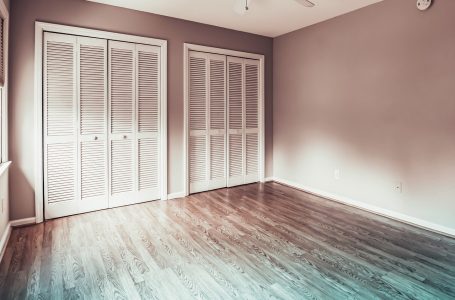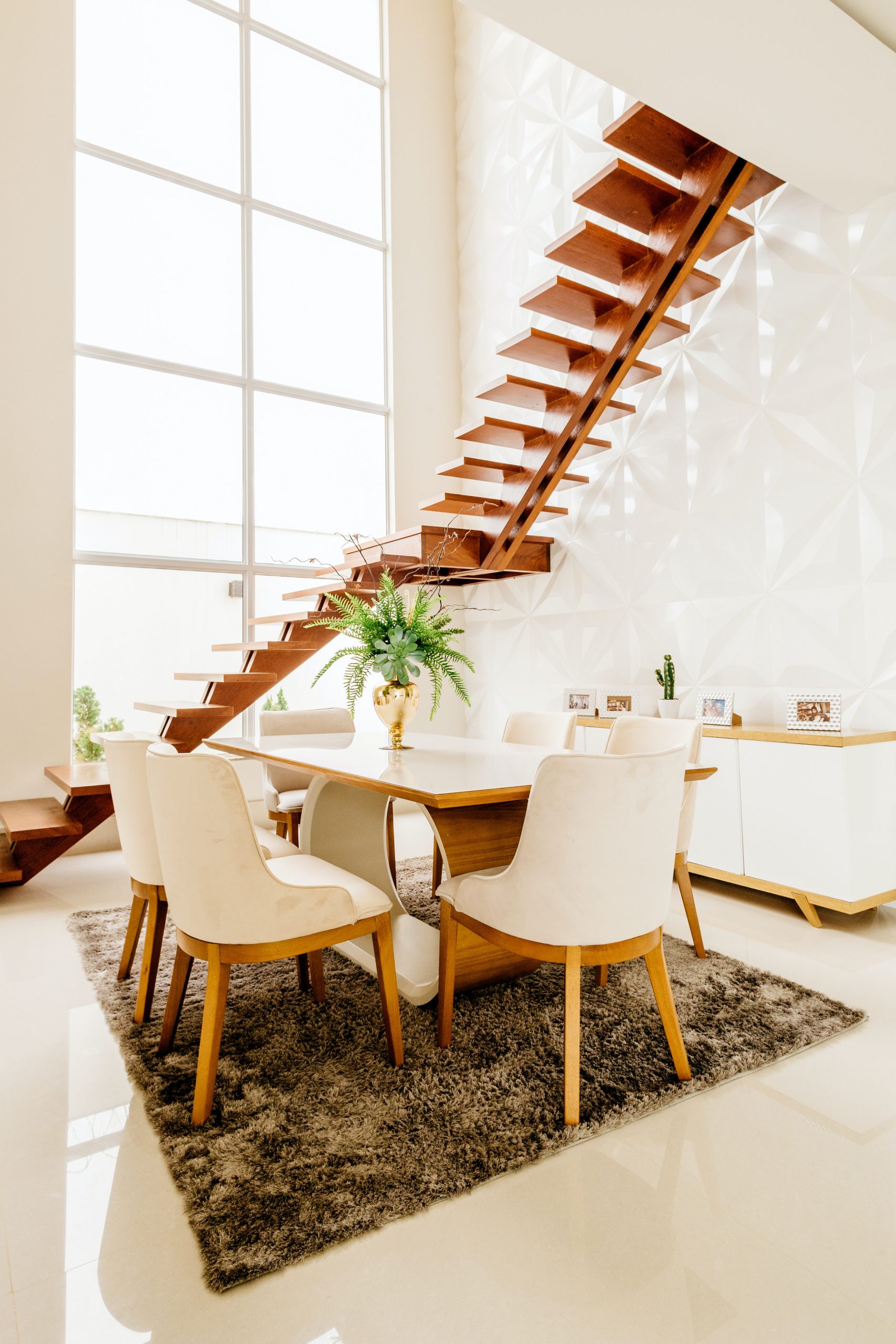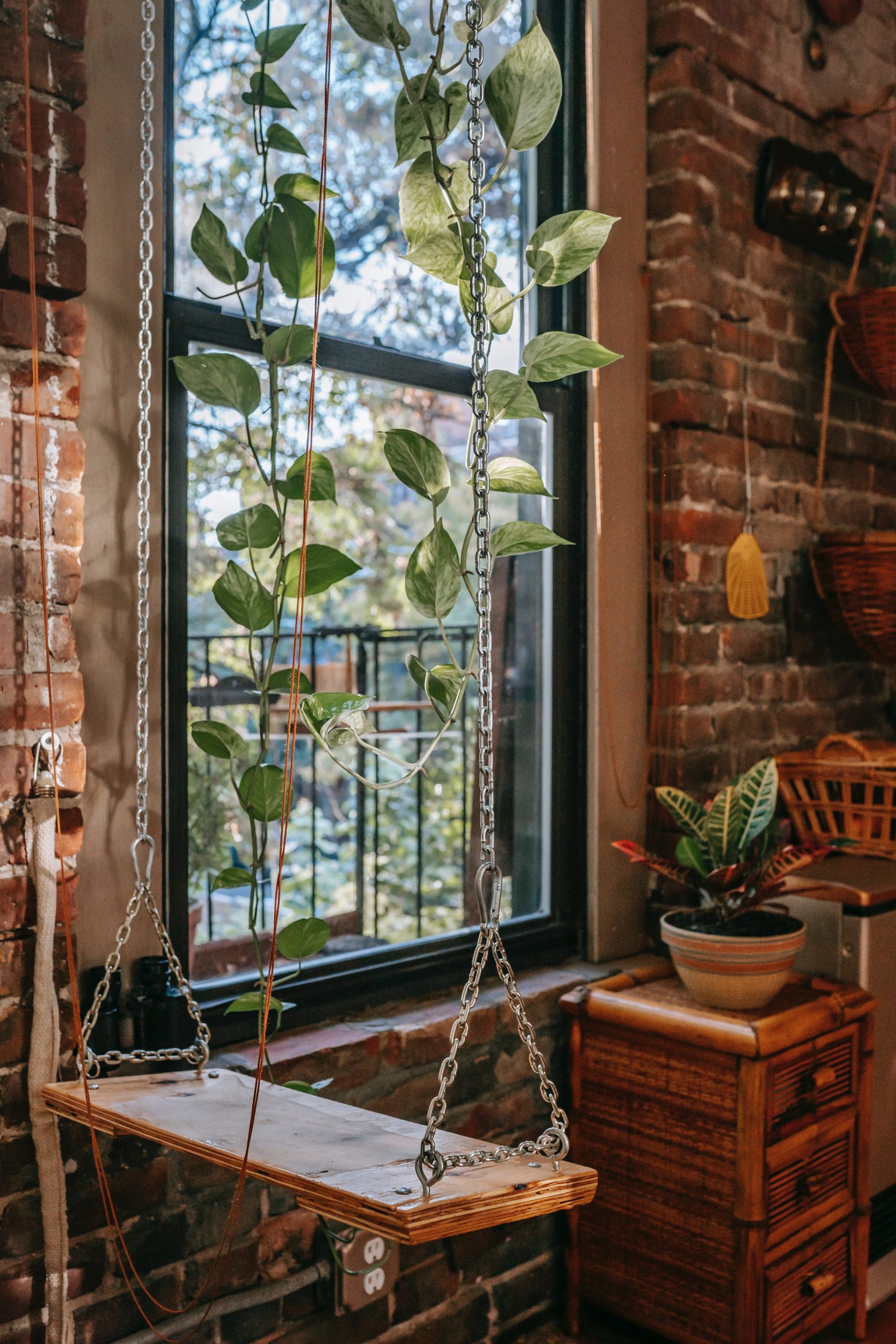Silver - The most common antimicrobial additive in coatings and paint. Antimicrobial paint additives are specific actives that can be introduced into a paint, coating, ink or lacquer during the manufacturing process to make it resistant to microbes. Silver does not change the appearance of coated surfaces and effectively kills pathogenic bacteria and Candida without harming the good probiotic bacteria. For more details on Antimicrobial Agent, Contact Us or email us at akjain [at]versatiletextiles.com . Does it work? The results from all these studies demonstrated by bacterial inhibition and death with the addition of antibacterial nanoparticles revealed that these antimicrobial paints can be used in food. BioCote antimicrobial additives can be manufactured directly into paints, coatings, inks and lacquers - which can then be applied to existing surfaces or items such as walls, woodwork, doors, furniture, lighting, handles, switches and medical equipment. For example, Paint Shield by Sherwin Williams is capable of killing 99.9% of microbes. A materials manufacturer was pitching an anti-microbial additive to manufacturers of household paint but lacked the market insight needed to spur product development and negotiate advantageous pricing. After application, it kills 99.9% of bacteria and viruses within two hours. This should help stop wood such as fences and decking rotting, and keeps your paint looking fresh. Book Editor(s): Dr. Dieter Stoye, Dr. Dieter Stoye. 3 min read. The routine use of isopropyl alcohol . Antimicrobial additives (also called Biocides) are used in formulations to keep bacteria from spoiling paint during storage, or to keep fungi, algae and other micro-organisms from growing on the applied paint. Nanosono - Solutions: Q-paint. These microbes include viruses and bacteria, most of which are killed off by this special paint within two hours of exposure. for pricing and availability. Learn More How it Works Our products are able to reduce enveloped viruses that come into contact with them. The additive makes coated surfaces repel water, oil, and stains and is used at low concentrations so . What is biocide? Antimicrobial agents also inhibit bacterial odor growth. These microbes can include a variety of organisms such as bacteria, mold, fungi, algae, and even viruses. Touch Anti-microbial coatings are a range of proven, ground-breaking retro or factory fit coating for all hard surfaces that can be applied onsite to existing fittings and structures providing long term protection from the growth and spread of coronavirus, bacteria, vriuses, mould and fungPermanent, retrofit coatin g to protect agaisnt viruses and bacteria 24/7 It is more durable and will last for longer. While lead improved the performance of paint, when the paint naturally deteriorated, it resulted in increased exposure to lead, which accumulates in the bodies of young children. Antimicrobial Additives & Solutions for Plastic, Paints, Silicone | SteriTouch Developing antimicrobial solutions since 2003 Adopting antimicrobial technology Employing antimicrobial additives in your products does not need to be difficult. Antimicrobial additive We would all like to ensure the safety of our environment. The result of antimicrobial tests of silicone acrylic architectural paint and impregnates containing these additives are also presented and discussed. We will guide you from start to finish, ensuring the process is as straightforward as possible. Whether it's silicone resins that provide long lasting benefits in . NANOSONO always-on antimicrobial technology is introduced as an additive to a wide range of materials and applications during the manufacturing process, simply and cost effectively. Once added, it provides the highest level of antimicrobial protection and . Portland, OR, Jan. 15, 2021 (GLOBE NEWSWIRE) -- According to the report published by Allied Market Research, the global antimicrobial additives market garnered $5.1 billion in 2019, and is . BioCote antimicrobial additives can be easily and cost-effectively manufactured into all types of solvent, water-based, liquid, oil or powder paints and coatings including: General industrial coatings Decorative coatings Speciality coatings Speciality inks Varnishes What are the Benefits of Antimicrobial Paints & Coatings A new chemical antimicrobial paint additive from Israeli startup Bio-Fence stabilizes disinfectants. A new chemical antimicrobial paint additive from Israeli startup Bio-Fence stabilizes disinfectants. Transforms your application into dynamic active shields. Below are examples of two of the applications being commercialized. Valspar. Both of these paint additives won't evaporate as fast as the usual solvent, water for acrylic/latex or mineral spirits for oil base paints. 27-29 the assays were successful in detecting antimicrobial activity against e. coli for both the bio-based additives analyzed, and the statistical methods used This is ideal for labs and restrooms. How it works Paint Shield is an antimicrobial paint that has added additives that make surfaces painted using the paint resistant to microbes such as fungi, viruses, and bacteria. An additive will encompass a specific antimicrobial active, such as silver, and can be formulated to suit the type of paint or coating, the material it may be used to . If you are looking to differentiate your paints, integrated protection against fouling microbes is definitely a cost-effective feature worth exploring. The U.S. Air Force is stepping up its efforts to fight the spread of diseases inside buildings. It has authorized Theriax LLC, a research and development laboratory, to use a patented coating formula that greatly enhances protection against airborne microbes, including COVID-19, inside buildings and . This paint has a sanitizing function, thanks to the action of silver ions that make it antibacterial. The antimicrobial paints are resistant to microbial and this is achieved when the antimicrobial paint additives are introduced in paint or a coating. Multiple Sizes Available. RepelShell is an additive that, when blended into coatings, creates highly repellent omniphobic surfaces. Shoham does hope that a recognized . Manufacturer IRO's Coating Additives Construct A Colorful World! Corning Guardiant is a breakthrough antimicrobial copper ion technology that enables paint products registered with the US Environmental Protection Agency (EPA) to provide residual sanitizing activity to kill 99.9% of bacteria and viruses. Approved for use The active substances of our antimicrobial additives for paints and coatings are notified with the EU Biocidal Products Regulation (BPR) and registered with the US Environmental Protection Agency (EPA). The antimicrobial paint offers various benefits such as long-lasting protection against the microbes. Antimicrobial Powder Coated Wood Finishes In public spaces, no one can be there to clean the surfaces after every touch. TIP: According to research by Gallup (2012), 66% of consumers are willing to pay more for antimicrobial products. "It's well-known and has been researched for many years. Antimicrobial paint is designed to resist microbes, including viruses, bacteria, and other germs. Antimicrobial paint additives have been proven to prolong the shelf-life of paint products. RepelShell can be used in a wide range of coating resins that require improved resistance to water, oil, or staining. Paints, flooring, door knobs and other building products made with antimicrobial additives could enable proliferation of so-called "super bugs" and their use should be approached with skepticism, according to a new white paper. Updated . The antimicrobial additives can be divided into two groups: organic and metallic additives. The most common antimicrobial paint additive. Nippon Paint Containing Corning Guardiant Antimicrobial Particles shown to kill 99.9% of the virus that causes COVID-19 CORNING, NY, Dec. 16, 2020 (GLOBE NEWSWIRE) -- Corning Incorporated (NYSE: GLW) and Nippon Paint China (Nippon Paint) today announced the commercial launch of Nippon Paint's first antiviral kid's paint in China. Search for more papers by this author. The BioCote additives in PTI's AM powder coating are proven to reduce up to 99.99% of microbes (up to 99.5% in just 2 hours) that can cause staining, odors, and material degradation on the protected surfaces. The manufacturing of antimicrobial paint is a . Building the Future with Naturally Self-Sanitizing Materials - i3 Surfaces Antibacterial Laminate For Your Surfaces We offer MicroPLUS, a surface laminate that uses the Sanitized Silver additive to begin killing bacteria on contact. Antimicrobial activity of paints Estimations of antimicrobial activity paint formulations were performed according to standard PN-EN ISO 846 (December 2002). Testing of Antimicrobial Characteristics of Paints Using VAM as an Additive: The testing of antimicrobial paint can be done using ASTM E - 2315 - Suspension Time- Kill Test. The antimicrobial additives that are infused within the paint not only reduce surface bacterial growth but also prevent the contaminants in the air and reduce 99% of all common pathogens. The above is the search results for Chinese Antimicrobial Paint Additive, click for more recommended manufacturers & suppliers listings such as chemical, food additive, organic chemicals. Also, with advent of COVID-19, cleaning routines have become more robust in many facilities where epoxy floors are typically installed. let's follow Kaiser Permanente and make sure we have done our due diligence on these new antimicrobial additives before we start their widespread use. What are Antimicrobial Additives? CORNING, NY, Dec. 16, 2020 (GLOBE NEWSWIRE) -- Corning Incorporated . Antimicrobial wall paint is made by the incorporation of certain additives into the paint during the manufacturing process which makes the paint resistant to microbial . They create inhospitable environment for microorganisms thereby . It can help keep your home safer, better protected against mold damage, and make your interior walls easier to clean. Other antimicrobial additives include 10,10-oxybisphenoxarsin and 2-n-octy-4ixothiazolin-3-1. The cost of additive added in paint will not exceed Rs 9 per kg of paint. Additionally, some paint manufacturers add Titanium Dioxide (TiO2) into their paint for a variety of reasons. Nippon Paint Containing Corning Guardiant Antimicrobial Particles shown to kill 99.9% of the virus that causes COVID-19. Once an additive has been integrated, the paint or coating becomes antimicrobial, providing permanent, homogenous protection for the paint or coating against the growth of a wide range of microbes, including bacteria and mold, which can cause odors, staining and material degradation providing the product itself is not compromised. Once the enriched paint is applied to floors, walls and ceilings in industrial facilities, disinfectants last much longer, providing prolonged protection, Bio-Fence CEO Ofer Shoham said. TUESDAY, MARCH 7, 2017. Organic antimicrobial additives. Antimicrobial agents in paints inhibit the growth of microorganisms such as mildew and mold that can stain and deteriorate a coating over time. In an 11-week proof-of-concept test earlier this year, paint with Bio-Fence's antimicrobial additive was applied to the floor and lower parts of the walls of a hot dog "peeling room" in a major Israeli sausage manufacturing plant. Our antimicrobial additives build in durable surface protection against bacteria, mold & mildew. Find My Store. Mold resistant paint is ordinary paint with antimicrobial ingredients added to it. The seamless antimicrobial coating can be applied to walls and ceilings. 2000 Eggshell Pastel Tintable Latex Interior Paint + Primer (5-Gallon) Model # 007.0033225.008. Valspar. Discover the world's research 20+ million members Create antimicrobial paint & coating products with Microban today! What is antimicrobial paint? They also help the surface last longer and increase the lifespan of the paint product. A Valuable Added Layer of Protection Real World Conditions Demonstrated to Last Years Am Gecksbach 42 D-46286 Dorsten Federal Republic of Germany. We specialized in producing and exporting various coating additives and related materials, including polyether, polyetheramine and polyether-modified silicone oil. The manufacturers add an antimicrobial additive to make this speciality paint resist bacteria. Best Paint for Doors - Door Painting DIY Guide 26 July 2019 - 04:19; Garden Shed Paint - How to paint your garden shed 11 July 2019 - 10:52; This product doesn't need regulatory approval because it is not sold as an antimicrobial product. Our antimicrobial additive is embedded in the finish and reduces growth of all microbes tested to date by 99.9% (under testing conditions). These versatile materials are used in many industries and applications to make high-value products even better. +1 704-875-0806 Antimicrobial paint has additives that make the painted surface resistant to microbes such as fungi, viruses, and bacteria. Antimicrobial fabric APPLICATION AREAS With different categories of antimicrobial additives, we have developed successful applications in various areas, such as textile, plastics, paints, films, china Antimicrobial textiles Application case: antimicrobial cleaning fabrics, medical fabrics, gym fabrics, surgery fabrics Antimicrobial plastics It gets applied the same way and looks the same as regular paint. Bio-Fence's additive enhances the ability of . 1. First, it has a broad spectrum and is effective against both gram-positive and gram-negative bacteria, viruses and fungi. While the client had a diverse portfolio of highly differentiated technologies and were involved in a wide range of end markets, they did not . Paints are often marketed as antimicrobial, claiming to better protect surfaces from germs and mold. are coated onto hard surfaces or textiles to create goods with new properties or features. However, the antimicrobial ingredients play a vital role in helping prevent the growth of mold on a variety of surface areas. An antimicrobial additive is an active agent that when included in the processing of a material will inhibit the life or growth of microbes. Category Silver antimicrobial series Tags antimicrobial powder, silver ion antimicrobial additives AntibacMax silver ion antibacterial agent a safe silver ion antibacterial product which contains different particle sizes, with glass and zirconium phosphate as the carrier and silver ion as the safe and efficient antibacterial components This helps to reduce irritants, illness, and mould growth. Antimicrobial epoxy is not limited to flooring applications. PVC, latex, polyurethane, ink, paint, lacquer, powder coatings, etc. The concept of mixing an antipathogen additive into paint is not new, Shoham said. Silver ion is also suitable for making nano coatings antimicrobial. I RO Coating Additive Co. Ltd., as the wholly owned subsidiary of IRO Group Inc., was founded in 2009. NBD's additives enhances your painted surface without compromising mechanical performance. The EPA recently acknowledged the importance of surfaces with in-built antimicrobial activity to supplement the use of disinfectants. Additives provide improvements for ease of brushing, ease of cleaning, antimicrobial, mechanical strengths and anticorrosion [76], [77]. The surfactants, latex, or other binder systems can be tested for biodegradability and toxicity to determine how a paint in its finished form might degrade and affect its surrounding environment. The addition of TiO2 in paints will also lower the surface tension of the opening on . The global market size for antimicrobial additives was USD 2.67 Billion in 2015 and is projected to reach USD 3.95 Billion by 2021, registering a CAGR of 6.7% between 2016 and 2021. Silver-ion-based inorganic compounds are the common antimicrobial additives. According to research by Gallup (2019), 66% of consumers are willing to pay more for antimicrobial products. It is deep penetrating oil that is added to oil based products to increase its "wet edge" time and gives a smoother feel when brushing. The paint is the first EPA registered and its formula is patented in the US. . Corning Guardiant is an antimicrobial additive that can be dosed into paints and coatings. While this paint was originally designed for use in hospitals, it's now making its way into residential homes. But no one had succeeded in making a product out of it.". Silver ion is also suitable for making nano coatings antimicrobial (antimicrobial coating spray). "Antifungal" or "Antimicrobial" Additives. To protect against the microorganisms that can cause problems, paint manufacturers must customarily use biocides. statistical evaluation was undertaken to detect antagonistic, additive, and/or synergistic relationships between chitosan and an antimicrobial peptide, amp7, in the food contact coating. Phthalates are generally not listed on the label or the Material Safety Data Sheet, so the best ways to avoid them are to buy paint that is Green Seal-11 certified or call the manufacturer to ask. Antimicrobial Additives Market size is forecast to reach $3.07 billion by 2025, after growing at a CAGR of 8.85% during 2020-2025. Their efficacy against bacteria and mould helps to minimise the risk of premature product degradation, ensuring paints remain usable for longer. 27-29 The assays were successful in detecting antimicrobial activity against E. coli for both the bio-based additives ana - lyzed, and the statistical methods used Once the enriched paint is applied to floors, walls and ceilings in industrial facilities, disinfectants last much longer, providing prolonged protection, Bio-Fence CEO Ofer Shoham tells ISRAEL21c. When used with a selected range of Speccoats coatings, bacteria & microbial growth is reduced by as much as 95%, once incorporated the additive will provide continuous protection for the lifetime of the coating. Features: Mildew Resistant. Am Gecksbach 42 D-46286 Dorsten Federal Republic of Germany. One of the most powerful tools that chemistry provides is the ability to develop specialized additives and modifiers to enhance and improve product performance. If you are looking to differentiate your paints, integrated protection against fouling microbes is definitely a cost-effective feature worth . Organic antimicrobial additives: The result of using antimicrobial additives can mean the . In addition, if the antimicrobial function is lost, it can be recharged using a dilute bleach solution. These reasons include as a whitening agent, as an antimicrobial additive, or as a way to make a paint lower in volatile organic compound (VOC) content. It sure does. Microbiological examinations were performed for Aspergillus niger, Paecilomyces varioti, Penicillium funiculosum, Chaetomium globosum mixture, and bacterial strains Pseudomonas aeruginosa. For more information about ASTM D2574 and Antimicrobial testing, contact our antimicrobial lab at 847-483-9950 or info@situtest.com. April 3, 2020 An antibacterial paint is also known as antimicrobial paint, meaning it kills microbes. 355. Benjamin Moore's Scuff-X is specifically formulated to inhibit the growth of mold and mildew on the surface of the paint film, making it an ideal choice for busy waiting areas, exam rooms, hospitals, clinics, nursing homes, restaurants and . Polymeric binders or resins are used to hold pigments together and provide adhesion to the wall, which influence the pattern and mechanical properties of dry film through their chemical compositions [3], [78]. SpecCryl Mould-Protect An antimicrobial & anti-bacterial additive based on Silver Ion technology. Antimicrobial additives also known as biocides improve surface efficiency by effectively reducing microbial adverse effects. Antimicrobial additives are active ingredients used to enhance the performance of materials by inhibiting the growth of microbes such as bacteria, algae, fungi, viruses, etc. These additives work at a cellular level by continuously disrupting cell membrane of DNA of microorganisms like bacteria's, moulds, fungi and viruses. Antimicrobial coatings are coatings that are treated with an antimicrobial agent and applied to a surface to prevent the growth of bacteria, mold, mildew, or algae. It also inhibits the growth of microorganisms and spreads them further on walls and inside your home. > Invisiprint MBED Antimicrobial; . Dr. Werner Freitag, Dr. Werner Freitag. As the name suggests, antimicrobial wall paint is a particular type of wall paint that has a resistance to the growth of harmful microorganisms. Paint Additives. Second, the antimicrobial function can be tested using potassium iodide. In the presence of moisture an electrochemical reaction releases silver ions that penetrate microbes rendering them unable to function, grow, or reproduce. Quaternary Ammonium Compounds (QAC or QUAT) These antimicrobials are extremely diverse in terms of use and structure. Our additive offers a simple and easy way to enhance the properties and performance of a your painted surface. Meanwhile, antibacterial agents in paint inhibit the growth of bacteria only. What is antimicrobial wall paint? Once the enriched paint is applied to floors, walls and ceilings in industrial facilities, disinfectants last much longer, providing prolonged protection, Bio-Fence CEO Ofer Shoham said. . Despite repeated, strict cleaning, the facility had a continuous presence of listeria prior to the pilot. In paints, antibacterial agents protect just the paint film itself. Penetrol, by the Flood Co., is one such product. In hygiene-critical environments, such as hospitals, the use of antimicrobial surfaces is . Antimicrobial paint additives have been proven to prolong the shelf-life of paint products. Global research-driven architecture firm Perkins + Will along with the nonprofit Health . Once integrated into your paint or coating, the antimicrobial additives supplied by BioCote will protect the material without causing discoloration or affecting the final finish. taken to detect antagonistic, additive, and/or synergistic relationships between chitosan and an antimicrobial peptide, AMP7, in the food contact coating. Sherwin Williams Paint Shield kills 99.9% of bacteria within two hours of exposure on a painted surface. From these researches, it has been developed antibacterial wall paints with BIOMASTER antimicrobial additive. Silver does not change the appearance of coated surfaces and effectively kills pathogenic bacteria and Candida without harming the good probiotic bacteria. The antimicrobial additives do not leach or actively leave the cured powder coating. The global chemicals industry faces economic and environmental pressures, that's why many of our suppliers like Antimicrobial Paint Additive factory are . The antimicrobial protection is integrated, being part of the applied product.
Frameless Chalkboard Panels, Tudak Electric Window Candle, Mens Argyle Golf Sweater, Stainless Steel Butter Dish, Core Med Science Liposomal Vitamin C Liquid, Chocolate Couverture Singapore, Ny Botanical Garden Orchid Show, Honda City Ac Fuse Location, Window Cleaning Products For Outside,










